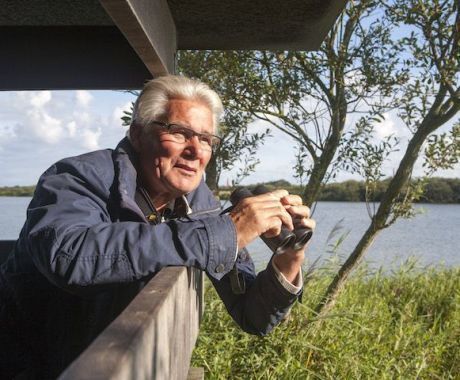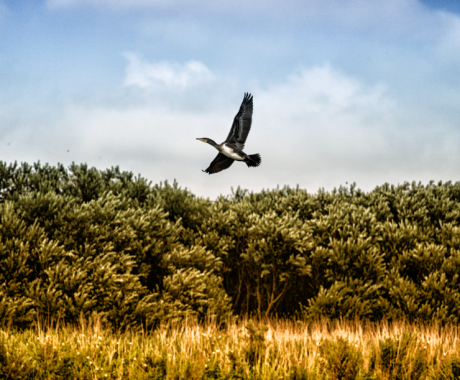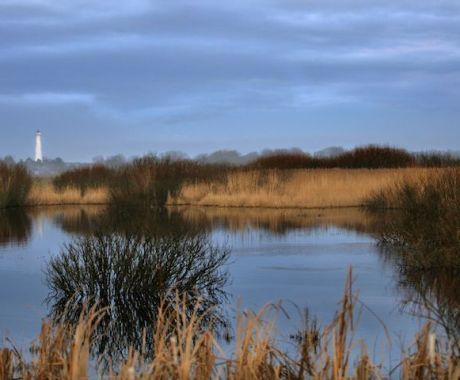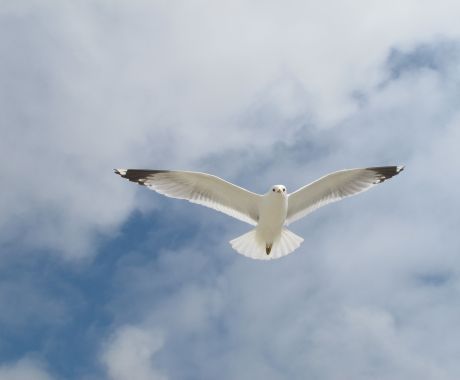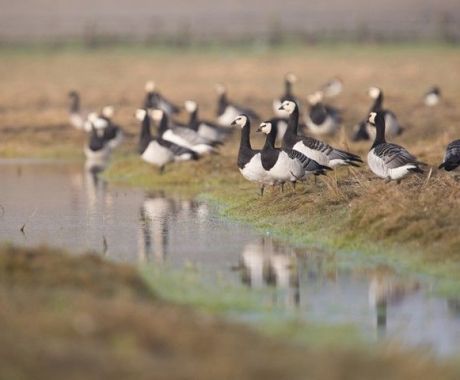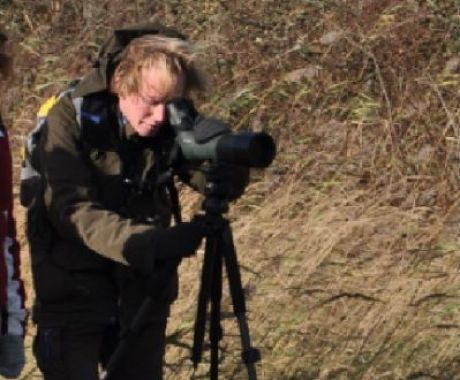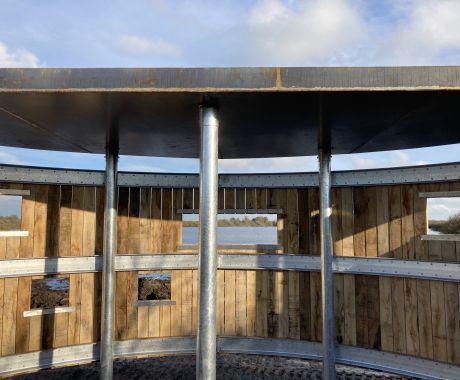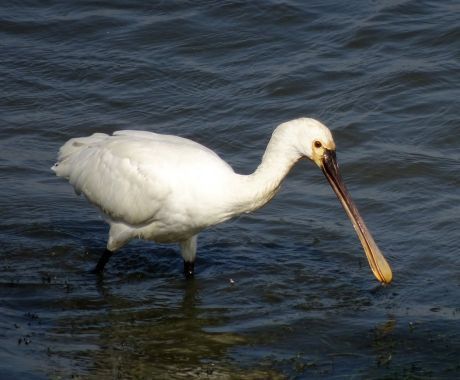
Bird watching hut
Lake Westerplas with bird watching hut
South-West of the village Schiermonnikoog is the Westerplas situated. The Westerplas is a fresh water lake. In the past this was called “Westerkwelder” (Western salty wettland) and the sea was able to flow to this area. In 1964 a dike was built which stopped the sea from flowing over to this swampy grassland and slowly it became a freshwater area. Nowadays “de Westerplas” is the most important fresh water area on the island. It’s full of wildlife.
Water birds
Due to the water now being a fresh water area it attracts many water birds; it’s home to most of the Dutch duck species as well as spoonbills, grebes, coots and seagulls. The tall reeds house the shy reed birds; the mysterious Eurasian Bittern is perhaps the rarest of them all.
But also songbirds like redpolls, bluethroats and reed bunting are found here. The moist grassland around the “Westerplas” is famous amongst lovers of mushrooms, wild flowers and plants.
Bird watching hut
In 2008 the bird watching hut was built with support from funds raised due to the island taking part in an election of the most beautiful place in the Netherlands. The hut is situated in the middle of the water and is accessible via a wooden walk way. It is characterised by its openness. This allows the birds to come right up to as well as under the hut and gives you the perfect view of these beautiful feathered and flying island guests. The bird watching hut is accessible for wheelchair users.
Bird watching screen
In winter 2022/2023, a viewing screen was installed in the northwest corner of the Westerplas, providing additional space for proper and responsible observation of the spoonbill colony.
Drinking water
The Westerplas is not just important for the birds and wildlife on the island but also for the islanders and its visitors. A large amount of the drinking water on the island comes from the Westerplas.
From spring through to late autumn the dunes around the Westerplas are a wash with colour from several varieties of orchids, canine pansies and sea lavender.
